Macromolecular Chemistry and Physics has published a new special issue on the shape-memory effect in polymers, guest-edited by Andreas Lendlein.
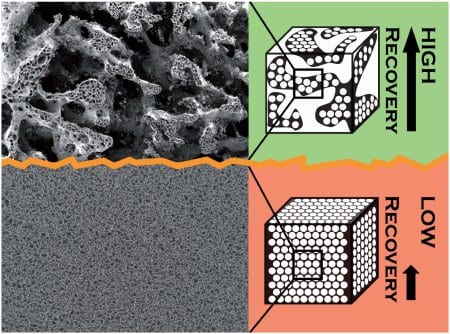

Macromolecular Chemistry and Physics has published a new special issue on the shape-memory effect in polymers, guest-edited by Andreas Lendlein.
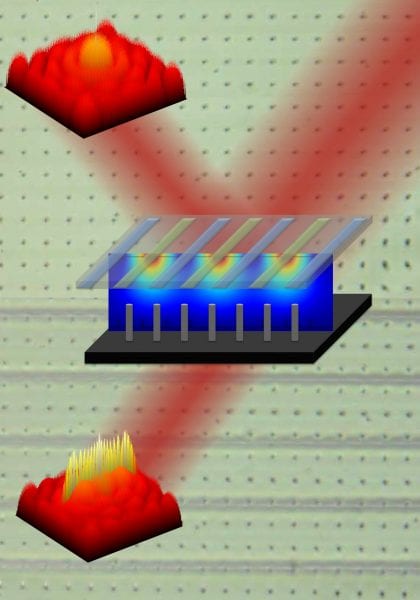
Voltage-dependent diffraction switching makes a hybrid liquid crystal–carbon nanotube device a good candidate for high-resolution displays.
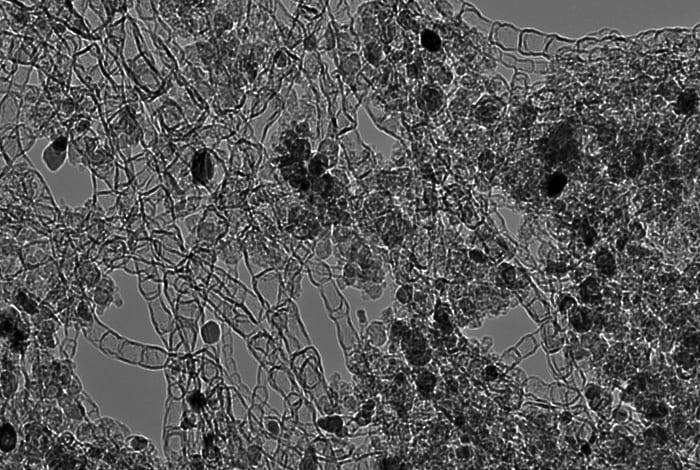
Economical non-precious-metal catalyst capitalizes on carbon nanotubes.
New thin, planar, lightweight, and broadband polarimetric photonic devices and optics could result from recent research by a team of Los Alamos scientists.
Researchers at the University of Illinois have developed a new flow-based method for manipulating and confining single particles in free solution.
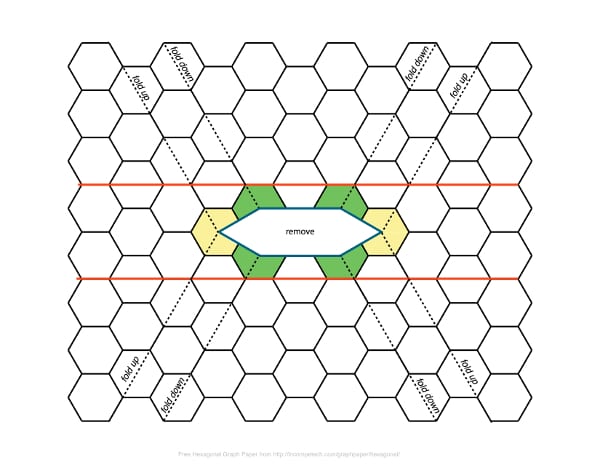
Research could ultimately lead to a drug-delivery device, an emergency shelter, or even a space station.
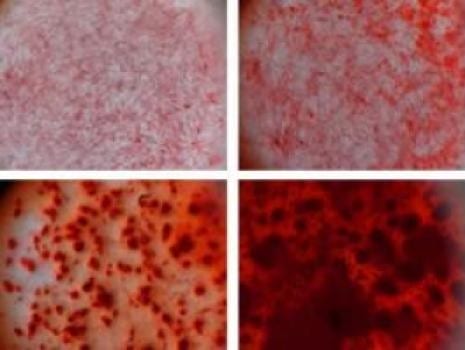
Synthetic silicate may stimulate stem cells to become bone cells.
Catalysts can stop working when atoms on the surface start moving – new work means this dance of the atoms could now be observed and explained.

Journal of Polymer Science Part B: Polymer Physics advisory board member Han Meijer presents his work on fractal structuring at ANTEC 2013.
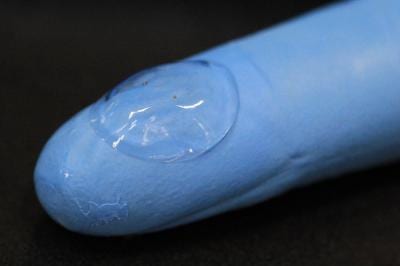
A transparent and stretchable electrode could open the new way for flexible displays, solar cells, and electronic devices fitted on a curvature substrate.